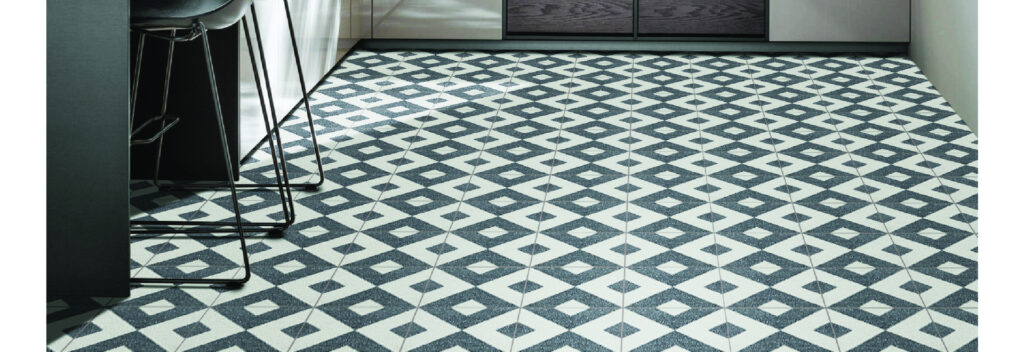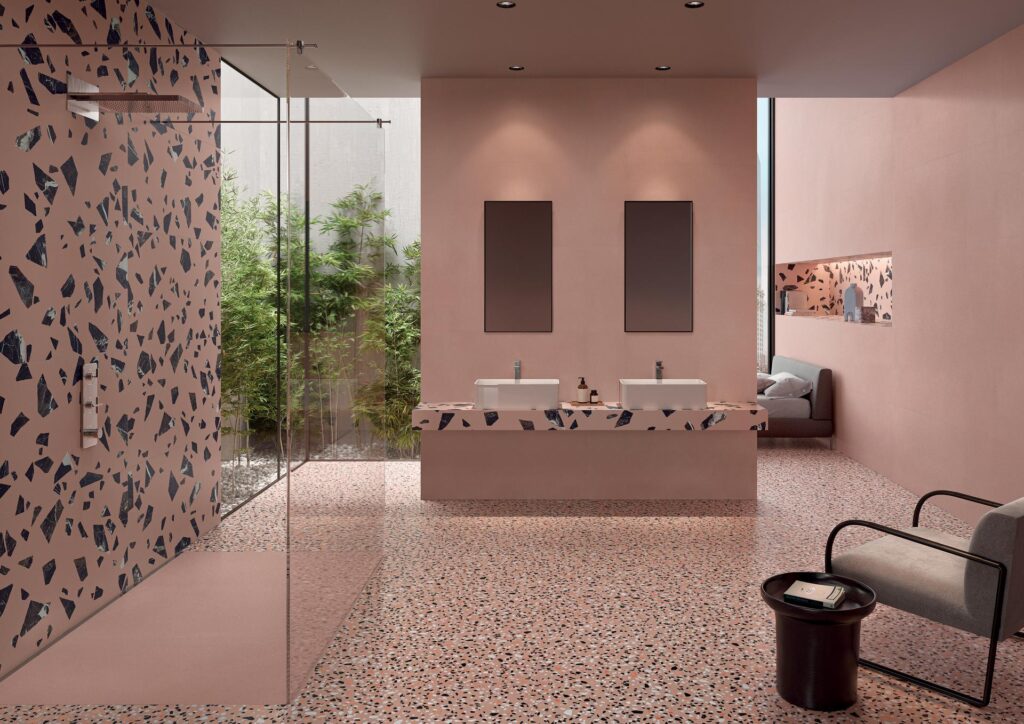Introduction
When it comes to modern home design, few tile patterns spark as much conversation as herringbone tiles and chevron tiles. Both are striking, timeless, and versatile, often used in kitchens, bathrooms, and flooring to add depth and elegance. At first glance, the two patterns look quite similar—but their differences can dramatically impact your interior design.
In this guide, we’ll explore the origins of herringbone and chevron, break down their unique features, discuss the best ways to use each, and offer design inspiration for your next renovation. By the end, you’ll know exactly which pattern best suits your style.
A Brief History of Herringbone and Chevron
The herringbone tile pattern has ancient roots, dating back to the Roman Empire, where it was used in roads and architecture for both durability and style. Its distinctive “broken zigzag” appearance became a hallmark of elegance in European homes and still holds timeless appeal today.
The chevron pattern, on the other hand, comes from heraldry and military insignia before making its way into textiles and interior design. Unlike herringbone, chevron features a continuous V-shape, giving it a sleeker and more modern vibe.
See more: The Timeless Appeal of Subway Tiles in Modern Homes
The Key Difference: Angles and Alignment
The difference between herringbone and chevron lies in how the tiles are cut and laid out:
- Herringbone Tiles: Rectangular tiles are placed in a staggered zigzag pattern. Each tile meets the side of another at a 90-degree angle, creating a broken zigzag effect.
- Chevron Tiles: Tiles are cut at an angle (often 45° or 60°) to create a seamless, continuous V-shaped zigzag with no interruptions.
This subtle difference creates dramatically different looks. Herringbone feels classic and textured, while chevron looks sleek and streamlined.
Why Choose Herringbone Tiles?
Herringbone is a timeless design choice that works beautifully in both traditional and contemporary spaces.
1. Classic Elegance
The broken zigzag design adds character and dimension, making it a great choice for herringbone tile flooring in living rooms, kitchens, or hallways.
2. Versatility in Style
From herringbone bathroom tiles to herringbone kitchen tiles, this pattern works with a wide range of materials—porcelain, ceramic, marble, and even wood-look tiles.
3. Perfect for Small Spaces
Because herringbone creates visual movement, it can make small bathrooms or kitchens appear larger and more dynamic.
Why Choose Chevron Tiles?
Chevron is often associated with modern home design, thanks to its clean, continuous lines.
1. Sleek and Contemporary Look
The V-shape design adds a sense of flow and direction, making it ideal for modern spaces that embrace minimalism.
2. Bold Visual Impact
Chevron patterns can make a strong design statement, especially when used on feature walls or backsplashes.
3. Great for Accent Areas
Unlike herringbone, which feels classic, chevron feels bold. It’s best suited for accent walls, shower features, or statement flooring.
Best Areas to Use Herringbone and Chevron Tiles
Bathrooms

- Herringbone bathroom tiles add texture and elegance, working well on shower walls, floors, or vanity backsplashes.
- Chevron tiles in bathrooms create a sleek spa-like atmosphere, perfect for modern renovations.
Kitchens
- Herringbone kitchen tiles make backsplashes feel sophisticated and timeless.
- Chevron tiles are ideal for bold, geometric kitchen designs, especially behind cooktops.
Floors
- Herringbone tile flooring is durable, stylish, and visually expands a room.
- Chevron flooring creates strong directionality, guiding the eye through open-concept spaces.
Installation Tips
Both patterns require precision, but herringbone is generally more DIY-friendly.
- Herringbone Installation: Standard rectangular tiles are easier to source, but the staggered pattern demands careful measuring and spacers.
- Chevron Installation: Tiles must be cut at exact angles, making this layout more complex and better suited for professional installers.
Maintenance Tips
Fortunately, both patterns are as easy to maintain as standard tiling.
- Use the right grout: Contrasting grout highlights the pattern, while matching grout creates a subtle effect.
- Regular sealing: For natural stone or marble herringbone tiles, sealing helps protect against stains.
- Routine cleaning: A mild tile cleaner and soft brush are enough to keep the patterns looking sharp.
Conclusion
At a glance, herringbone tiles and chevron tiles may seem similar, but their differences create unique design opportunities. Herringbone offers timeless elegance and versatility, while chevron brings sleek modernity and bold impact.
Whether you’re reimagining a bathroom, kitchen, or entire floor, choosing between these two iconic tile patterns depends on the mood you want to create. Either way, you’ll end up with a stylish, enduring design that elevates your home.
FAQs
Herringbone tiles are rectangular and laid at a 90-degree angle to create a broken zigzag pattern. Chevron tiles are cut at angles, forming a seamless V-shaped zigzag. This makes herringbone appear more classic, while chevron offers a modern, continuous flow.
Herringbone is generally easier because it uses standard rectangular tiles. Chevron requires precise angle cuts, making it more challenging and often best left to professionals.
Yes. Herringbone tiles create visual movement, which can make small spaces appear larger. A light color palette enhances this effect, making herringbone a great option for compact bathrooms and kitchens.
Chevron tiles make a bold statement on floors, especially in open spaces. The V-shape can guide the eye and create a sense of direction, but it’s best used in areas where you want a striking design feature.
Yes, but carefully. Herringbone works best in timeless areas like floors and kitchens, while chevron can be reserved for accent walls or modern bathrooms. Using both creates contrast but should be balanced to avoid overwhelming the design.
Porcelain, ceramic, and marble are popular choices for both herringbone and chevron. Ceramic and porcelain are durable and affordable, while marble adds luxury. Choose based on budget, durability, and the look you want.

